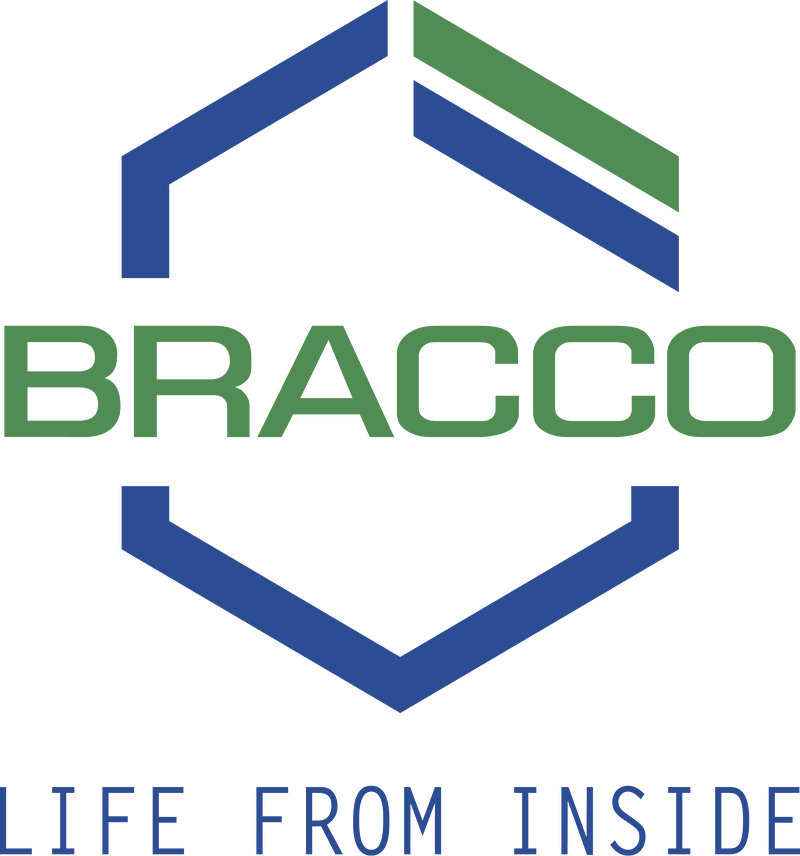Have a Question?
Changes to the cardiac positron emission tomography (PET) codes
Q.
I am still confused about the changes to the cardiac positron emission tomography (PET) codes made in 2020. Can you help me to understand them better?
A.
The existing CPT® codes 78459, 78491, and 78492 were updated to specifically state that the codes include ventricular wall motion and/or ejection fraction if performed. If you do not perform ventricular wall motion or ejection fraction, you may still report this code without adding modifier 52. Additionally, if you do perform the ventricular wall motion and/or ejection fraction you cannot report these services separately as they are inclusive of codes 78459, 78491, and 78492.
In addition, code 78459, the metabolic exam (often called a viability exam) is now noted to be a single study. If performed with a concurrently acquired computed tomography (CT) scan for attenuation correction and anatomic localization, you would report CPT code 78429 instead of code 78459. This CT study is not considered a diagnostic CT scan. If a full diagnostic CT scan is performed, report the appropriate cardiac CT code.
The existing myocardial perfusion PET codes, 78491 and 78492, remain with the addition as noted above that they include wall motion and/or ejection fraction when performed. New codes were added to include exams performed with CT for attenuation correction and anatomic localization. All four of these codes now also specify that the stress test portion may be exercise or pharmacologic stress.
Code 78491 remains a single study, either rest or stress. Code 78430 is a single study, either rest or stress with the addition of concurrently acquired CT for attenuation correction and anatomic localization. Code 78492 includes multiple studies at rest and stress, while 78431 includes multiple studies at rest and stress with a concurrently acquired CT for attenuation correction and anatomic localization.
Combination viability and perfusion PET scans are frequently performed together and prior to 2020, separate codes were assigned. There are now combination codes for these procedures. Code 78432 is a PET that combines a metabolic study with a perfusion study. Two separate radiopharmaceuticals are used for these exams, FDG for the metabolic scan, and either Rubidium or Ammonia N-13 for the perfusion scan. Code 78433 is similar in definition to code 78432 with the addition of a concurrently acquired CT for attenuation correction and anatomic localization
With these codes, “concurrently acquired CT” is defined as a CT performed using the same equipment and not one acquired on a separate system with software fusion used to perform the anatomic localization. If you do not have the hybrid system that performs both, the imaging fusion would be reported with unlisted code 78499.
Also, Category III code 0482T transitioned to Category I code 78434. This add-on code may be reported along with code 78431 or 78492 when absolute quantitation of myocardial blood flow is obtained.
The codes and full descriptions are as follows:
78459 Myocardial imaging, positron emission tomography (PET), metabolic evaluation study (including ventricular wall motion[s] and/or ejection fraction[s], when performed), single study
78491 Myocardial imaging, positron emission tomography (PET), perfusion study (including ventricular wall motion[s] and/or ejection fraction[s], when performed); single study, at rest or stress (exercise or pharmacologic)
78492 Myocardial imaging, positron emission tomography (PET), perfusion study (including ventricular wall motion[s] and/or ejection fraction[s], when performed); multiple studies at rest and stress (exercise or pharmacologic)
78429 Myocardial imaging, positron emission tomography (PET), metabolic evaluation study (including ventricular wall motion[s] and/or ejection fraction[s], when performed), single study; with concurrently acquired computed tomography transmission scan
78430 Myocardial imaging, positron emission tomography (PET), perfusion study (including ventricular wall motion[s] and/or ejection fraction[s], when performed); single study, at rest or stress (exercise or pharmacologic), with concurrently acquired computed tomography transmission scan
78431 Myocardial imaging, positron emission tomography (PET), perfusion study (including ventricular wall motion[s] and/or ejection fraction[s], when performed); multiple studies at rest and stress (exercise or pharmacologic), with concurrently acquired computed tomography transmission scan
78432 Myocardial imaging, positron emission tomography (PET), combined perfusion with metabolic evaluation study (including ventricular wall motion[s] and/or ejection fraction[s], when performed), dual radiotracer (e.g., myocardial viability)
78433 Myocardial imaging, positron emission tomography (PET), combined perfusion with metabolic evaluation study (including ventricular wall motion[s] and/or ejection fraction[s], when performed), dual radiotracer (e.g., myocardial viability); with concurrently acquired computed tomography transmission scan
